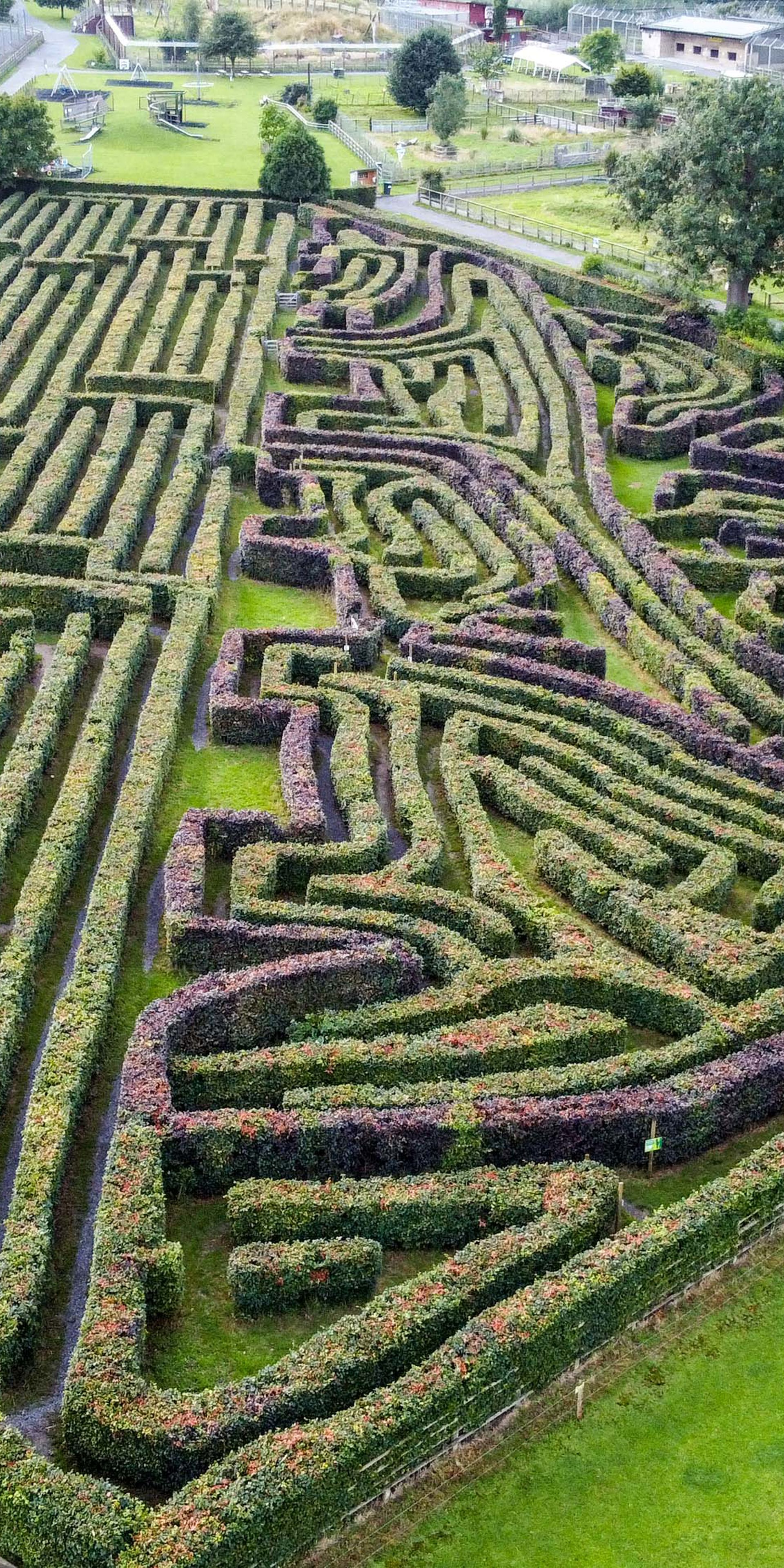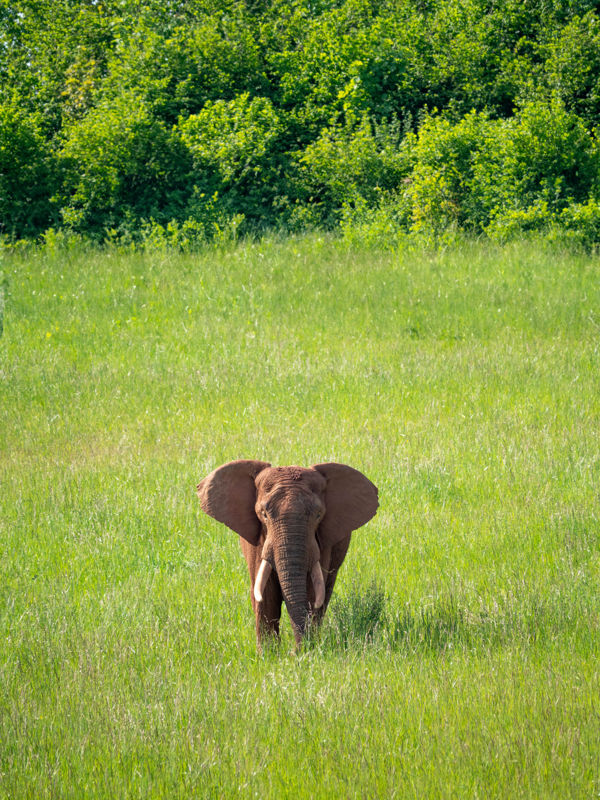World Rhino Day 2022
2nd Jan 2023

On Thursday 22nd September it is World Rhino Day - a day to celebrate all things rhinoceros!
There are five species of rhinos in the wild: the Greater One-Horned, Javan, and Sumatran rhinos are native to Asia, and the White and Black rhinos can be found in Africa. Each specie has its own set of characteristics and behaviours, as well as varying in size. However, they are all extremely heavy (varying between one and three and a half tonnes!), and rank as the second largest land mammal in the world. Rhinos can typically be found in tropical forests and grassland areas, as well as deserts and shrublands, and as herbivores they eat a lot of grass! They eat so much grass and plants that they can produce up to 22kg of dung per day!
Sadly, like many animals in the wild, rhinos face serious threats to their existence. Perhaps the biggest threat is habitat loss, caused by human activities such as infrastructure development, settlements, and agriculture. Here at Noah’s Ark Zoo Farm, we care deeply about the plight of rhinos and other animals in the wild, which is why conservation and education are at the heart of our ethos. We work with charities such as the World Land Trust who do important conservation work through buying and protecting environmentally threatened land around the world. This includes rhino habitats.
At Noah’s Ark we have two White rhinos, who, despite their name, are actually grey in colour! To mark World Rhino Day, we had a chat with Jayne, one of our head keepers, to find out more about the rhinos who live here!
What Rhinos do we have here at Noah’s Ark Zoo Farm?
We have two Rhinos: a male called Rumbull and a female called Rumba. They are both 21 years old and arrived at the zoo in 2005. They were the first big zoo animals to arrive here!
What sort of personalities do they have?
They both have very strong personalities. Rumbull is the most loving rhino you could ever imagine! He is extremely soppy and puppyish and loves getting the attention of his keepers. He really loves being scratched and will roll around on the floor in a “tickle my belly!” sort of way. Rolling over is his sign he wants some love and attention. However, he is prone to getting ‘hangry’, so he needs food and affection in that order!
Rumba is quite different to Rumbull; she is much more cautious and standoffish at first. However, when she likes someone, she too becomes a real softie and gets more affectionate. It takes a lot more effort to gain her love and affection, though.
To express their affection, they will vocalise a lot. You can often tell how they are feeling based on their body language and sounds. When they are angry, they will do a lot of sighing and huffing, or even bellowing which sounds a bit like a dinosaur! When they are feeling soppy, they will vocalise, and put their heads through the bars in their house for you to pat their heads. They invite you to give them the attention they want. The fact Rumbull especially likes to roll over when he wants affection is lucky – many keepers must work hard to train rhinos to do this, but he does it easily and voluntarily!
Do they get on well with each other?
They do, but can have spats now and again, much like an old married couple! Most of the time though they are inseparable and take a lot of comfort in each other if they’re ever a bit nervous or needing some affection.
What do Rumbull and Rumba eat? How often do you feed them?
As White Rhinos they are grazers who eat a lot of grass – they do this for most of the day! We also feed them two large piles of hay, one in the morning and one in the evening. We usually include a pellet in the second feed which allows us to put medication in it if it is needed.
When do the rhinos sleep?
They sleep a lot! As territorial animals they alternate have a snooze with getting up to check their fence and making sure they are safe. They usually sleep on and off throughout the day and night – and if they aren’t grazing, they are probably asleep!
What is involved with looking after the rhinos? What does a day in the life of a rhino keeper look like?
The first thing we do when we arrive in the morning is walk around their field whilst they’re in their house and make sure everything looks safe. We then put out enrichment for them, stack logs, and make sure the wallow is nice and full for them. Next, we do some health checks: we check their skin, their eyes, and make sure their temperature is okay. After that we give them a little scratch; keeping up physical contact with them is important so that if a time comes when they are ill and need some more physical intervention, they are familiar with us and the experience of being close to keepers won’t be too scary and unknown. We put out their hay for them to eat in the morning and then leave them to enjoy their day. In the evening we put out their second feed.
Do you have any surprising facts about rhinos?
Their horns are made of the same stuff as our fingernails!
What is your favourite thing about looking after the rhinos?
My favourite thing has to be the bond I have created with them over time. The feeling I get when I call out their names when they are at the opposite of the field, and they respond by coming over to me for a scratch and some affection is hugely rewarding.

Sign Up to the newsletter
Would you like to receive marketing emails from us? Please tick the box if you would like to receive information about future events, ways you can support our charity, offers and discounts.



